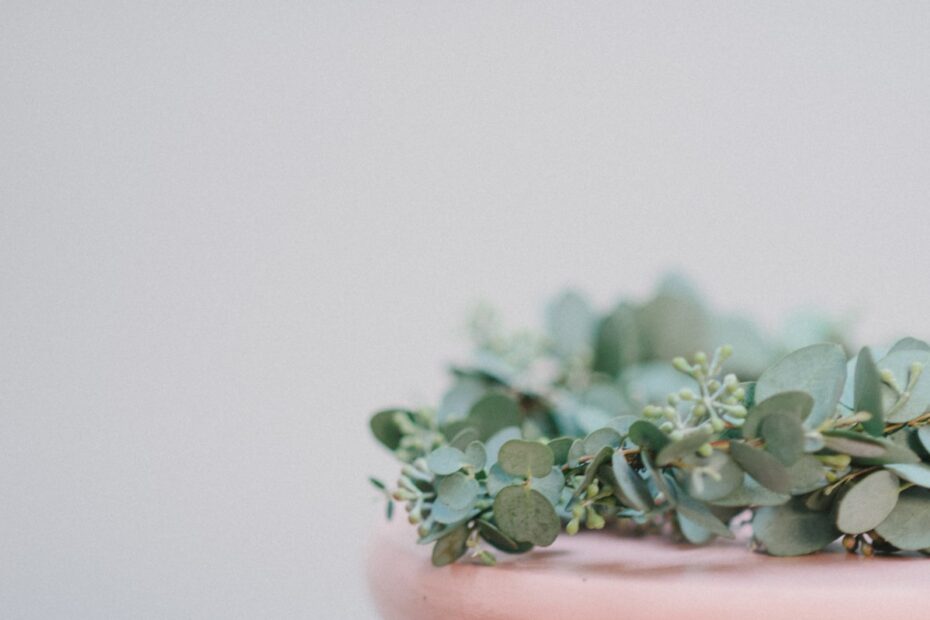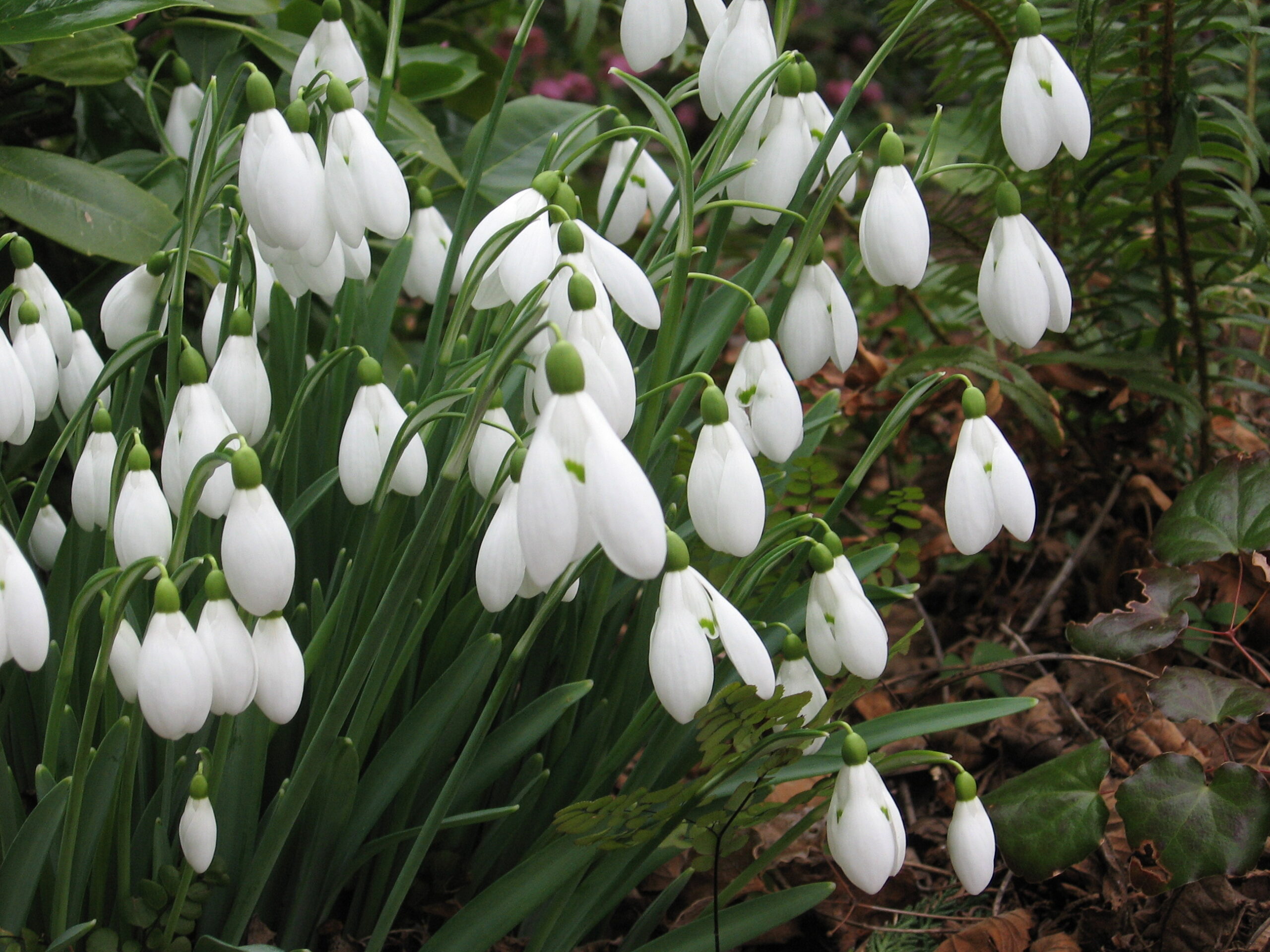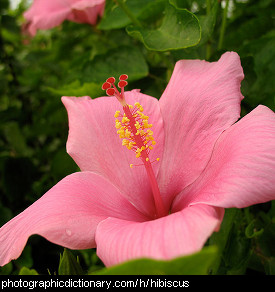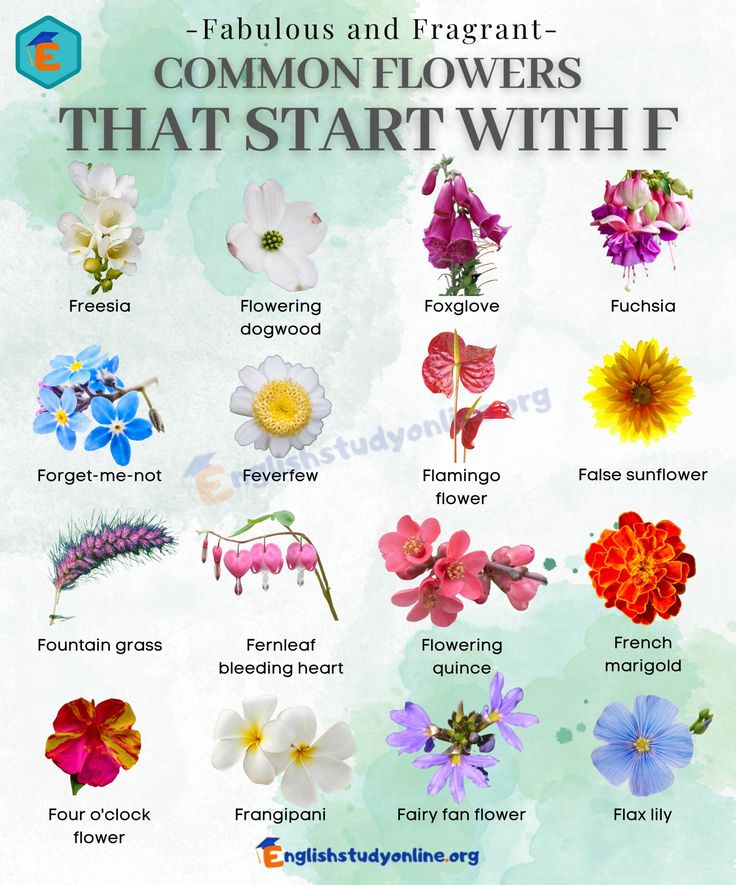The plant kingdom is vast and diverse, encompassing a multitude of species that contribute to the beauty and balance of our ecosystems. This article delves into a selection of plants whose names begin with the letter “E,” exploring their characteristics, habitats, and uses. From the elegant Echinacea to the exotic Erythrina, each plant offers unique attributes that make it noteworthy.
Echinacea (Coneflower)
Echinacea, commonly known as coneflower, is a genus of herbaceous flowering plants in the daisy family. Native to North America, these perennials are renowned for their medicinal properties and vibrant blooms.
Characteristics
- Appearance: Echinacea species produce flowers in various colors, including yellow, orange, pink, and purple. They typically have a prominent central cone surrounded by drooping petals.
- Height: Plants can grow between 1 to 4 feet tall, depending on the species.
- Blooming Season: They bloom from early to late summer, attracting pollinators like bees and butterflies.
Medicinal Uses
Echinacea is widely used in herbal medicine, particularly for its immune-boosting properties. It’s commonly taken to alleviate cold and flu symptoms.
Eucalyptus
Eucalyptus is a diverse genus of flowering trees and shrubs, predominantly native to Australia. Known for their aromatic leaves and rapid growth, eucalyptus species are cultivated worldwide.
Characteristics
- Leaves: Eucalyptus leaves are rich in essential oils, giving them a distinctive aroma.
- Bark: Many species have smooth bark that sheds in strips, revealing a fresh layer beneath.
- Flowers: They produce fluffy, white, yellow, pink, or red flowers, depending on the species.
Uses
- Essential Oils: Eucalyptus oil is used in aromatherapy and as a natural remedy for respiratory issues.
- Timber: Certain species are harvested for their durable wood.
- Ornamental: Eucalyptus trees are planted for their aesthetic appeal and shade.
Euphorbia (Spurge)
Euphorbia, commonly known as spurge, is a large and diverse genus of flowering plants. They range from tiny annuals to large, woody shrubs and are found in various climates worldwide.
Characteristics
- Sap: Euphorbias exude a milky latex sap that can be irritating to the skin and toxic if ingested.
- Flowers: The flowers are typically small and lack petals, often surrounded by colorful bracts.
- Foliage: Leaves vary widely among species, from succulent and fleshy to thin and delicate.
Uses
- Ornamental: Many species are popular in gardens for their unique forms and drought tolerance.
- Medicinal: Some species have been used in traditional medicine, though caution is advised due to their toxicity.
Erythrina (Coral Tree)
Erythrina, known as coral trees, are a genus of flowering plants in the pea family. They are native to tropical and subtropical regions and are celebrated for their striking red flowers.
Characteristics
- Flowers: Bright red, tubular flowers that attract hummingbirds and other pollinators.
- Leaves: Typically trifoliate with spiny stems in some species.
- Height: Can grow as shrubs or medium-sized trees, depending on the species.
Uses
- Ornamental: Planted in gardens and parks for their vibrant flowers and shade.
- Cultural Significance: In some cultures, parts of the plant are used in traditional ceremonies.
Epiphyllum (Orchid Cactus)
Epiphyllum, commonly known as orchid cacti, are epiphytic plants native to Central and South America. They are renowned for their large, fragrant, and nocturnal blooms.
Characteristics
- Growth Habit: They grow on other plants for support but are not parasitic.
- Flowers: Large, showy flowers that bloom at night and emit a pleasant fragrance.
- Stems: Flattened, leaf-like stems that perform photosynthesis.
Cultivation
- Light: Prefer bright, indirect light.
- Watering: Require regular watering during the growing season but should be allowed to dry out between waterings.
- Soil: Best grown in well-draining, epiphytic plant mix.
Echeveria
Echeveria is a large genus of succulent plants native to semi-desert areas of Central America, Mexico, and northwestern South America. They are popular in horticulture for their attractive rosette forms and ease of care.
Characteristics
- Leaves: Fleshy, often brightly colored, arranged in a rosette pattern.
- Flowers: Bell-shaped, rising on slender stalks above the rosette.
- Size: Varies from small, compact rosettes to larger forms.
Cultivation
- Light: Require full sun to partial shade.
- Watering: Drought-tolerant; water sparingly and allow soil to dry between waterings.
- Soil: Well-draining succulent mix is ideal
Elaeagnus (Silverberry)
Elaeagnus, commonly known as silverberry or oleaster, is a genus of flowering plants in the family Elaeagnaceae. They are native to temperate regions of Asia and are valued for their hardiness and ornamental qualities.
Characteristics
- Leaves: Often have a silvery or rusty scale on the underside, giving a shimmering appearance.
- Flowers: Small, fragrant, and typically white or yellow.
- Fruit: Small, juicy drupes that are often edible.
Uses
- Ornamental: Popular in landscaping for their attractive foliage and resilience.
- Edible Fruits: Some species produce fruits that are consumed fresh or used in preserves.
- Nitrogen Fixation: They improve soil fertility by fixing atmospheric nitrogen.
Ensete (False Banana)
Ensete, commonly known as false banana, is a genus of flowering plants in the banana family. The most notable species, Ensete ventricosum, is native to tropical regions of Africa.
Characteristics
- Appearance: Resembles the banana plant but does not produce edible bananas.
- Pseudostem: Formed by leaf bases, can reach up to 10 meters in height.
- Leaves: Large, paddle-shaped, and can be several meters long.
Uses
- Food Source: In Ethiopia, the starchy pseudostem and corm are fermented to produce a staple food called “kocho.”
- Fiber: Leaves and pseudostems are used to make ropes and mats.
- Ornamental: Cultivated in gardens for its tropical appearance.
Erica (Heath)
Erica, commonly known as heath or heather, is a large genus of flowering plants in the family Ericaceae. They are native to Europe, Africa, and other parts of the world, thriving in acidic soils.
Characteristics
- Flowers: Bell-shaped, ranging in color from white to deep pink or purple.
- Leaves: Small, needle-like, and often evergreen.
- Growth Habit: Typically low-growing shrubs forming dense mats.
Uses
- Ornamental: Widely used in gardens and landscapes for ground cover and year-round interest.
- Wildlife Habitat: Provides shelter and food for various insects and birds.
- Traditional Uses: In some cultures, used for thatching roofs and making brooms.
Eryngium (Sea Holly)
Eryngium, commonly known as sea holly, is a genus of flowering plants in the family Apiaceae. They are known for their spiky leaves and thistle-like flowers.
Characteristics
- Flowers: Cone-shaped, surrounded by spiny bracts, typically blue or purple.
- Leaves: Spiny, often with a metallic sheen.
- Habitat: Found in coastal areas, grasslands, and rocky terrains.
Uses
- Ornamental: Popular in gardens for their unique appearance and drought tolerance.
- Floristry: Used in fresh and dried floral arrangements.
- Traditional Medicine: Some species have been used for their purported medicinal properties.
Eschscholzia (California Poppy)
Eschscholzia, commonly known as California poppy, is a genus of flowering plants in the family Papaveraceae. They are native to the United States and Mexico.
Characteristics
- Flowers: Cup-shaped, typically bright orange, but can also be yellow, red, or pink.
- Leaves: Finely divided, blue-green foliage.
- Growth Habit: Annual or perennial herbs that self-seed readily.
Uses
- Ornamental: Widely cultivated for their vibrant flowers and ease of growth.
- State Symbol: Designated as the state flower of California.
- Traditional Medicine: Used by Native American tribes for its sedative properties.
Eustoma (Lisianthus)
Eustoma, commonly known as Lisianthus, is a genus of flowering plants in the Gentianaceae family. Native to the southern United States, Mexico, and northern South America, these plants are celebrated for their rose-like blossoms and are popular in floral arrangements.
Characteristics
- Flowers: Eustoma produces large, funnel-shaped flowers that resemble roses or peonies. They come in various colors, including white, pink, purple, and blue, with some cultivars exhibiting bicolored petals. The flowers can be single or double-flowered, adding to their versatility in design.
- Leaves: The plant features slightly fleshy, glaucous, gray-green leaves that are smooth and somewhat succulent in appearance.
- Growth Habit: Eustoma is a single-stemmed or branching annual or biennial with an upright, bushy habit. It generally reaches 12 to 36 inches (30-90 cm) in height and 10 to 12 inches (25-30 cm) in spread, depending on the variety and growing conditions.
Cultivation
- Light: Eustoma thrives in full sun exposure but can tolerate partial shade. In regions with very hot climates, providing some afternoon shade is beneficial.
- Soil: The plant prefers well-draining soil with a slightly acidic to neutral pH (6.5 to 7.0). Incorporating organic matter such as compost can enhance soil fertility.
- Watering: Regular watering is essential, especially during the growing season. However, it’s crucial to allow the soil to dry out between waterings to prevent root rot.
- Temperature: Eustoma plants do well in day temperatures between 75 and 85°F (23.8-29.4°C). At night, they prefer warm temperatures in the 60-65°F (15.5-18.3°C) range.
Uses
- Ornamental: Eustoma is widely used in gardens and landscapes for its attractive, long-lasting blooms. It’s also popular as a potted plant for indoor decoration.
- Cut Flowers: The flowers are highly valued in the floral industry for their beauty and longevity in arrangements. They can last anywhere from two to three weeks in a vase.
- Symbolism: In the language of flowers, Eustoma symbolizes appreciation, gratitude, and charisma, making it a popular choice for bouquets and gifts.
Eupatorium (Joe-Pye Weed)
Eupatorium, commonly known as Joe-Pye weed, is a genus of flowering plants in the Asteraceae family. Native to North America, these perennials are known for their clusters of mauve or pink flowers and their attractiveness to pollinators.
Characteristics
- Flowers: Eupatorium produces large, dome-shaped clusters of small, tubular flowers that are typically mauve or pink. The blooming period extends from mid-summer to fall, providing late-season nectar for insects.
- Leaves: The leaves are typically arranged in whorls along the stem and are lance-shaped with serrated edges.
- Growth Habit: These plants can grow quite tall, often reaching heights of 4 to 7 feet (1.2 to 2.1 meters), making them suitable for the back of borders or naturalized areas.
Cultivation
- Light: Eupatorium thrives in full sun to partial shade.
- Soil: Prefers moist, well-draining soil rich in organic matter.
- Watering: Regular watering is essential, especially during dry periods, to maintain soil moisture.
Uses
- Ornamental: Valued in gardens for its height and late-season blooms, adding vertical interest and color.
- Wildlife Gardens: Attracts butterflies, bees, and other pollinators, making it an excellent choice for wildlife-friendly gardens.
- Traditional Medicine: Historically, various species have been used in herbal remedies, though caution is advised due to potential toxicity.
Erythronium (Dog’s Tooth Violet)
Erythronium, commonly known as dog’s tooth violet or trout lily, is a genus of spring-blooming perennials in the lily family. They are native to temperate regions of the Northern Hemisphere.
Characteristics
- Flowers: Nodding, lily-like flowers with recurved petals, typically in shades of white, yellow, or pink.
- Leaves: Mottled or patterned leaves that often resemble the markings of a trout, hence the name “trout lily.”
- Growth Habit: Low-growing plants that form clumps over time, making them suitable for woodland gardens.
Cultivation
- Light: Prefers partial to full shade, mimicking its natural woodland habitat.
- Soil: Thrives in well-draining, humus-rich soil with consistent moisture.
- Watering: Regular watering during the growing season is essential, but the soil should not be waterlogged.
Uses
- Ornamental: Ideal for woodland and shade gardens, providing early spring color.
- Ground Cover: Forms attractive ground cover with its patterned leaves and delicate flowers.
- Naturalizing: Can naturalize in suitable conditions, spreading to form colonies over time.
Eucalyptus (Gum Tree)
Eucalyptus, commonly known as gum trees, comprises a diverse genus of over 700 species of flowering trees and shrubs in the Myrtaceae family. Native primarily to Australia, these trees have been introduced to various parts of the world due to their rapid growth and adaptability.
Characteristics
- Leaves: Eucalyptus leaves are rich in essential oils, giving them a distinctive aroma. They are typically lanceolate (spear-shaped) and can vary in color from blue-green to silver. The leaves are arranged alternately and contain oil glands, which are responsible for the characteristic eucalyptus scent.
- Bark: The bark of eucalyptus trees varies among species. Many have smooth bark that sheds in strips or patches, revealing a fresh layer beneath. Others possess rough, fibrous, or stringy bark. This shedding process can result in a colorful and dramatic display on the tree’s trunk.
- Flowers: Eucalyptus flowers are unique, lacking petals, and are instead adorned with numerous fluffy stamens that can be white, cream, yellow, pink, or red. In bud, the stamens are enclosed in a cap known as an operculum, which is composed of the fused sepals or petals, or both. As the stamens expand, the operculum is forced off, splitting away from the cup-like base of the flower.
- Fruit: The fruit is a woody capsule commonly referred to as a “gumnut.” These capsules are roughly cone-shaped and have valves at the end which open to release the seeds.
Uses
- Timber: Eucalyptus wood is renowned for its strength and durability. It is commonly used in construction, furniture-making, and flooring due to its resistance to rot and insect attacks.
- Pulpwood: Eucalyptus is the most common short fiber source for pulpwood to make pulp. The types most often used in papermaking are Eucalyptus globulus (in temperate areas) and the Eucalyptus urophylla x Eucalyptus grandis hybrid (in the tropics). The fiber length of eucalyptus is relatively short and uniform with low coarseness compared with other hardwoods commonly used as pulpwood.
- Essential Oils: Eucalyptus oil is readily steam distilled from the leaves and can be used for cleaning and as an industrial solvent, as an antiseptic, for deodorizing, and in very small quantities in food supplements, especially sweets, cough drops, toothpaste, and decongestants. It has insect-repellent properties and serves as an active ingredient in some commercial mosquito repellents.
- Ornamental: Eucalyptus trees are planted for their aesthetic appeal and shade. They are also used in landscaping and gardening, providing shade and serving as windbreaks.
- Medicinal: Eucalyptus oil has been used in food products to increase shelf life, inhibit microbial growth, and improve taste. Pharmaceutical products such as lozenges, cough syrups, and mouthwashes can contain eucalyptus oil. Eucalyptus leaves are also used in tea, especially in India and South Africa.
Ecological Impact
Eucalyptus trees have been introduced to various parts of the world due to their rapid growth and adaptability. However, in some regions, they have become invasive and are causing major problems for local ecosystems, mainly due to the absence of wildlife corridors and rotations management.
Additionally, eucalyptus trees are known to be water guzzlers; wherever they are planted, the water level goes down. This characteristic has led to concerns about their impact on local water resources.
Despite these concerns, eucalyptus trees have been used as a way of reducing malaria by draining the soil in Algeria, Lebanon, Sicily, elsewhere in Europe, in the Caucasus (Western Georgia), and California. Drainage removes swamps which provide a habitat for mosquito larvae, but can also destroy ecologically productive areas.
In summary, while eucalyptus trees offer numerous benefits, including timber, essential oils, and medicinal uses, their ecological impact requires careful consideration and management.
Euphorbia (Spurge)
Euphorbia, commonly known as spurge, is a large and diverse genus of flowering plants. They range from tiny annuals to large, woody shrubs and are found in various climates worldwide.
Characteristics
- Sap: Euphorbias exude a milky latex sap that can be irritating to the skin and toxic if ingested.
- Flowers: The flowers are typically small and lack petals, often surrounded by colorful bracts.
- Foliage: Leaves vary widely among species, from succulent and fleshy to thin and delicate. :
Uses
- Ornamental: Many species are popular in gardens for their unique forms and drought tolerance.
- Medicinal: Some species have been used in traditional medicine, though caution is advised due to their toxicity.



